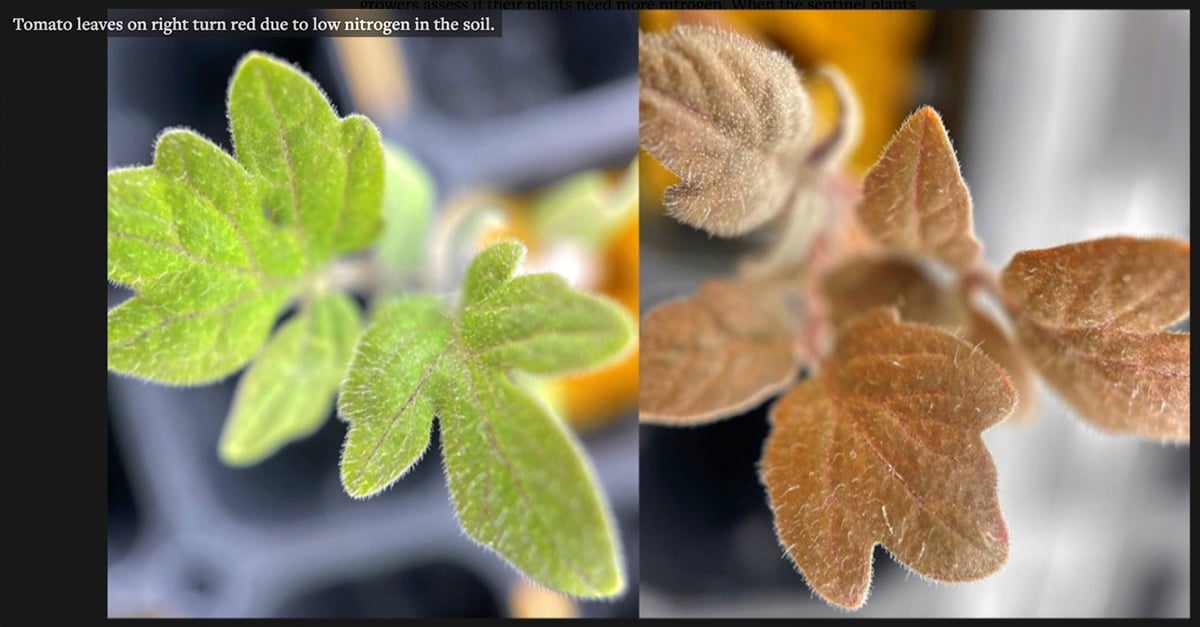Taking advantage of capital gains deductions associated with the selling of qualified farm property might be an appealing way for farmers to reduce their tax bills on such sales.
However, the calculations surrounding these deductions are so complicated and detailed that farmers might get a lot less than they bargained for, including reduced benefit from their $800,000 enhanced capital gains exemption (CGE).
At the heart of the problem is something called cumulative net investment losses (CNILs). These little and sometimes not so little items work to drive down capital gains exemptions. CNILs are largely forgotten until it is time to file a capital gains exemption claim.
Read Also

American researchers design a tomato plant that talks
Two students at Cornell University have devised a faster way to detect if garden plants and agricultural crops have a sufficient supply of nitrogen.
Something as simple as continually claiming interest expense as a de-duction on investment income is cumulatively subtracted from a CGE claim.
Allowable business investment losses also grind down the CGE claimed in past years. Part of the problem is that interest and carrying charges are deductible for income tax purposes, but such deductions become a problem when calculating capital gains exemptions.
Net investment losses have been calculated on a cumulative basis since 1988.
A loss occurs if the aggregate of investment expenses is greater than the aggregate of investment income, but what happens if the cumulative total of some of those expenses must now be absorbed when claiming a capital gains deduction on the sale of qualified farm property? The result is that your CGE takes a hit.
Some of those investment expenses include deductions for the cumulative total of interest and carrying charges on property that yields interest, rent or other property income and losses either from the property itself or leasing of property owned by you or by a partnership in which you are involved.
Options exist that can minimize the impact of a CNIL.
- As a shareholder, you might charge interest on shareholder loans to corporations as a means of offsetting investment losses.
- You can also reduce your CNIL exposure if, as a shareholder-manager, you take your income in dividends instead of salary.
- Deferring interest payments to the following year will have a similar effect.
A sole proprietor or active member in a partnership has another option. The interest on a loan is not considered part of the CNIL if investments are financed by taking distributions from the partnership and then replacing the distribution with borrowed money.
Did I say all of this is complicated?
The ability to maximize the lifetime exemption is also limited by the cumulative gains limit. It is a measure of the taxable portion of a farmer’s net economic gain since 1985 that is eligible for exemption.
However, it is eligible only after deducting previous gains claimed for exemption and the application of CNIL rules from 1988 onward.
I strongly suggest seeking advice on how CNIL will affect your capital gains deduction before selling the property in question.














